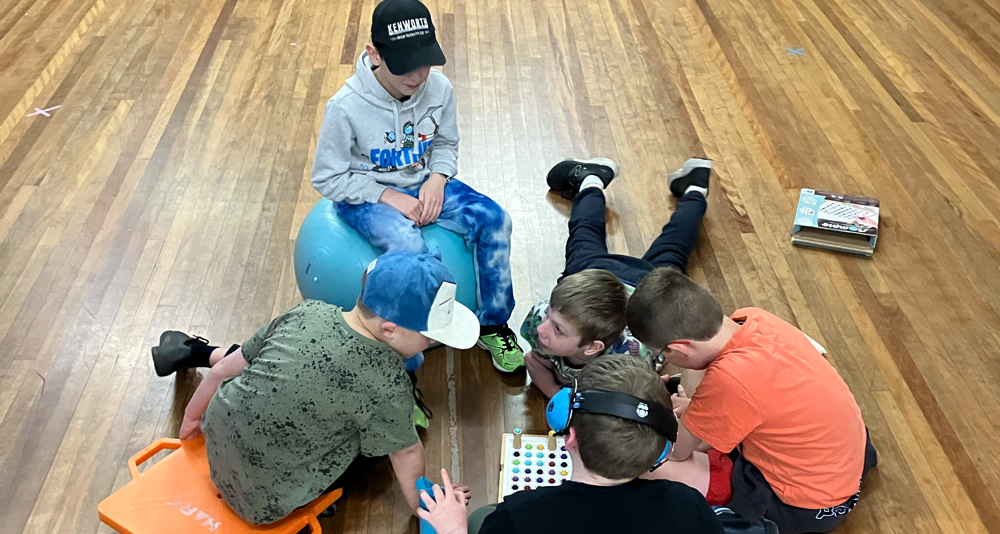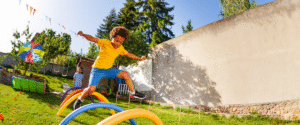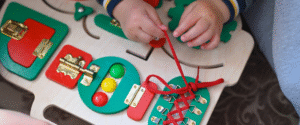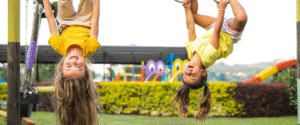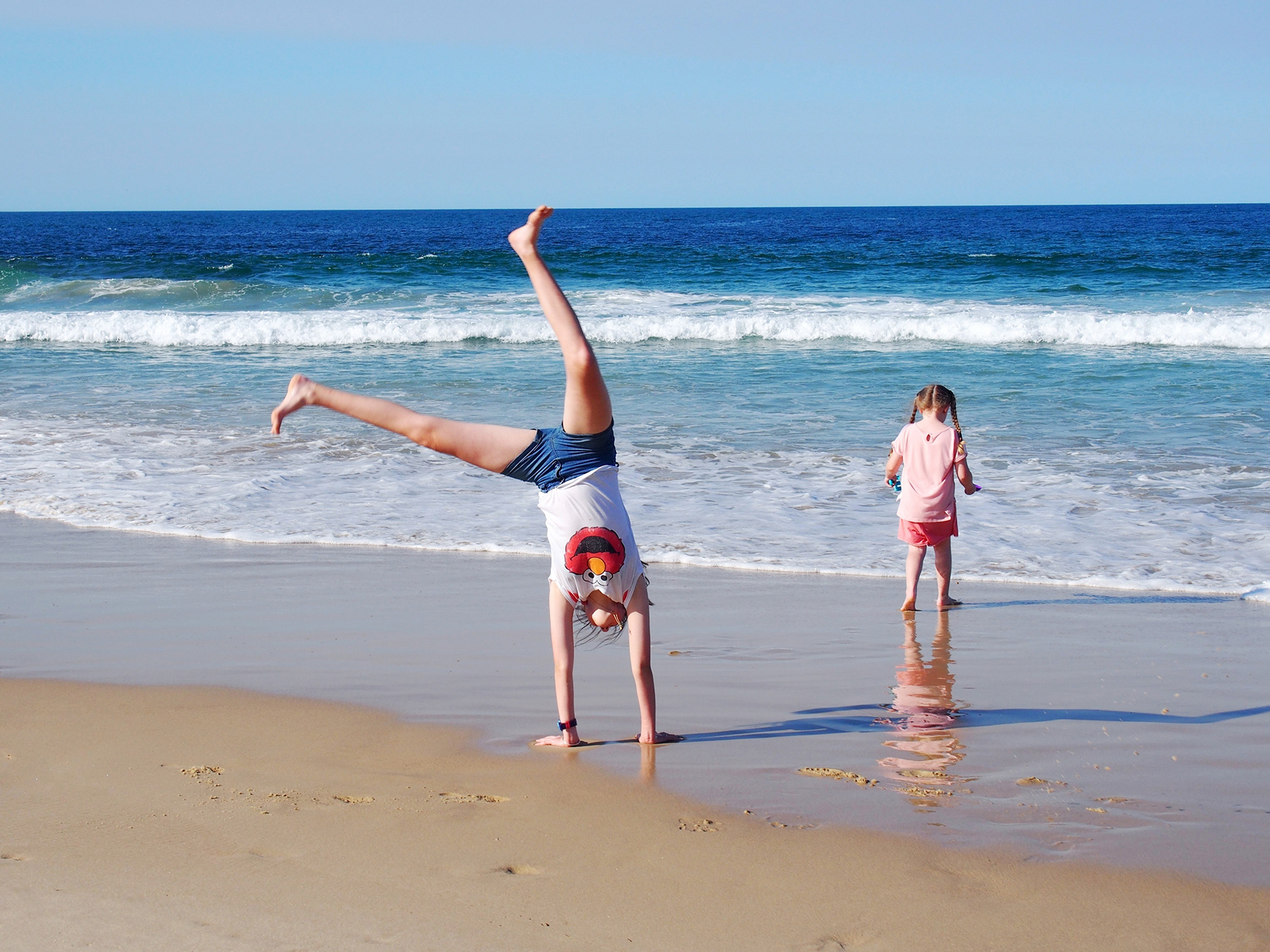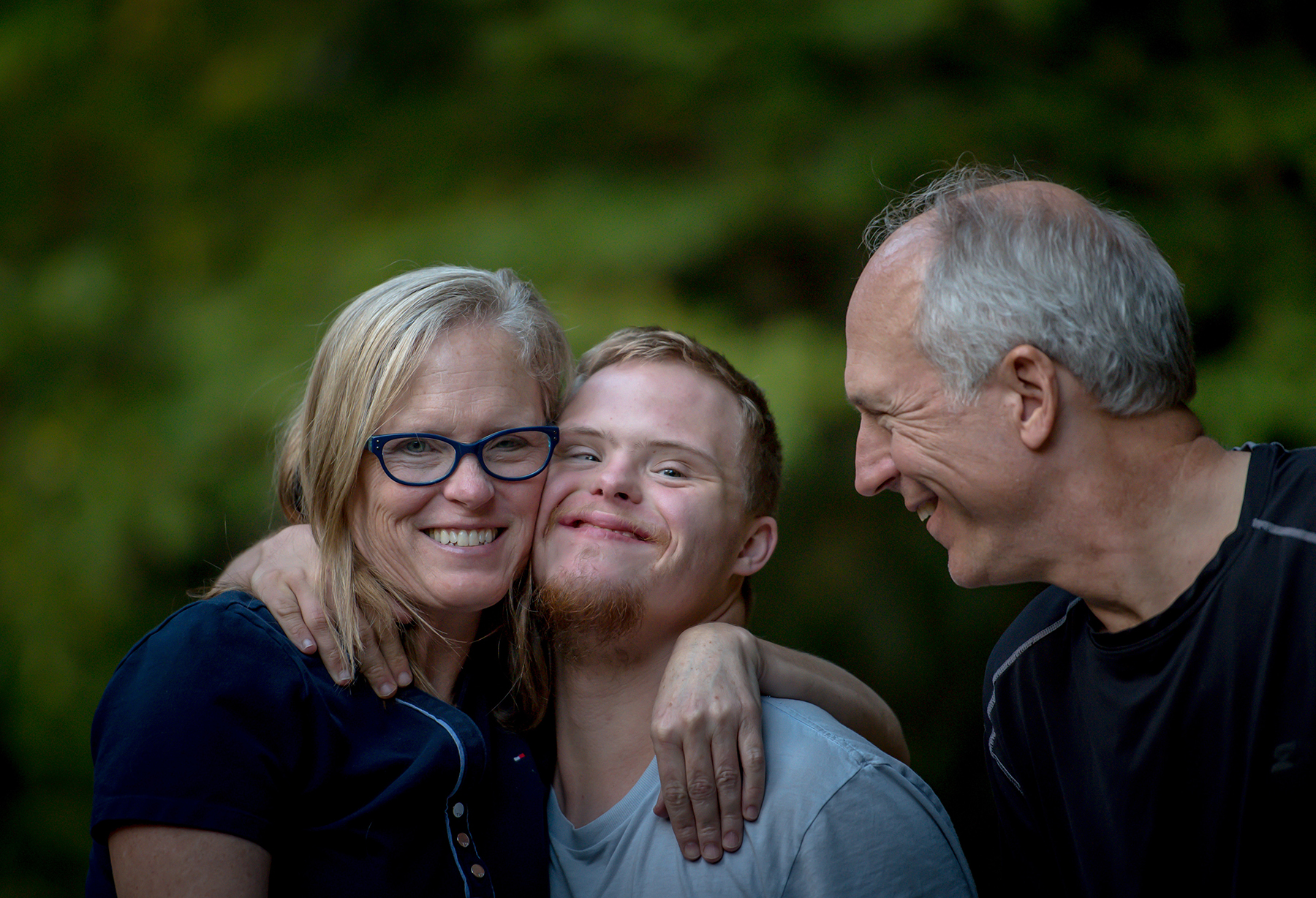
PARENT THERAPIST RELATIONSHIP
With 2020 now well underway and with intentions set for the new year, it’s finally time for us to reconnect with our clients and families after the Christmas and New Year break.
The beginning of a new year is always a cherished time for many. After a well deserved break, it’s time to go back to work, school and to start achieving those new found goals.
Over the summer break, our children have in fact been doing a lot of work – setting their new found skills acquired in 2019 into action. The implementation of these skills during the break is often unseen but it is still an important aspect of our intervention goals. Times of play and rest are when our children are integrating and consolidating all their skills and new learnt behaviours. The break from education and routine allows time for the brain to consolidate new pathways and integrate them into everyday life and activities. In fact, one of my favourite parts about returning to work after the Christmas break is hearing all the stories of growth and new found goals being achieved.
As the new year and the new term begins, it’s important for us to connect with parents and caregivers and determine what their needs and intentions are for the year ahead. This is done by communicating and reconnecting through storytelling. We are evaluating and discussing with them what their child has achieved the previous year, what goals they would like to achieve for the year ahead and what the next 6, 12 or 24 month action plans are.
This is the time where we ensure that our parents and caregivers are really heard.
It’s important that we work in collaboration to support our children and their families to reach their desired goals. We pride ourselves on being open, honest and working through each challenge diligently with you. We are passionate therapists that will employee a range of strategies whilst working with individual needs, respecting your values, parenting styles and unique qualities to find success.
How we achieve this is through negotiation, program planning, service delivery and treatment modality options and education on a range of therapy services (inclusive of all allied health services available, not just OT). After listening to your concerns, stories and goals, we will break down these conversations in a way that is meaningful and understandable to each families needs. We set out your ideal, real and individual world options, creating strategies to deliver ongoing services, to assist with the agreed upon plan.
What I love most about my job is being able to provide a service that suits your own individual treatment model. Being able to provide these services to families within their own home, school or local community is incredibly rewarding. Within the comfort of your own home, we are able to work towards you family’s strengths, support you to achieve success and then facilitate change in all desired areas. This continues to inspire and motivate myself to persist to push and support our communities families more.
Working within the family home is the most desired environment for us as OT’s, as it allows us to work collaboratively with families and children during our sessions. We also work actively and are flexible in interacting with the child’s school setting. We have worked in a range of different schools in the Newcastle to Muswellbrook/Scone regions and are continuing to expand our outreach and support this coming year.
Working with each school requires a different and individualised assessment. Each school and family have their own goals, strengths and challenges which require some flexibility and support on our behalf.
We actively participate in goal setting and planning meetings with teachers, run groups and/or individual sessions within the school day, complete teacher training and we host parent and teacher information nights. It’s important for us as OT’s to recognise that the support offered to each and everyone one of our families is different, depending on their desired outcomes.
As we are in the midst of these vital parent-therapist conversations, I am finding so much joy in hearing all the positivity and recent achievements from our families. Their goals, motivation and support to always seek the best for their children inspires me to keep seeking and searching for the best intervention strategies. The relationship between a parent and therapist is so special, and unique to each family. As parents, you all work so hard to assist your children and it’s truly a blessing to be able to help improve and empower your child’s life.
I am looking forward to further supporting our families this year and ensuring that each of their voices are always heard. In 2020 it is my utmost goal to continue to strengthen Explore and Soar’s parent-therapist relationships, to achieve physical, mental, social and spiritual growth for each and every one of our families.
The positive feedback following the holiday period is a reminder that parent-therapist relationships really do matter. It is one of the most important aspects of any intervention with a child and their family. One that I and the team at Explore and Soar continue to live by.
Please don’t hesitate to share with us how we can continue to support you and your family. May 2020 be a year of growth and success for all. It’s time to get to work!
– Jess
ORIGINALLY PUBLISHED FEBRUARY 5, 2020

